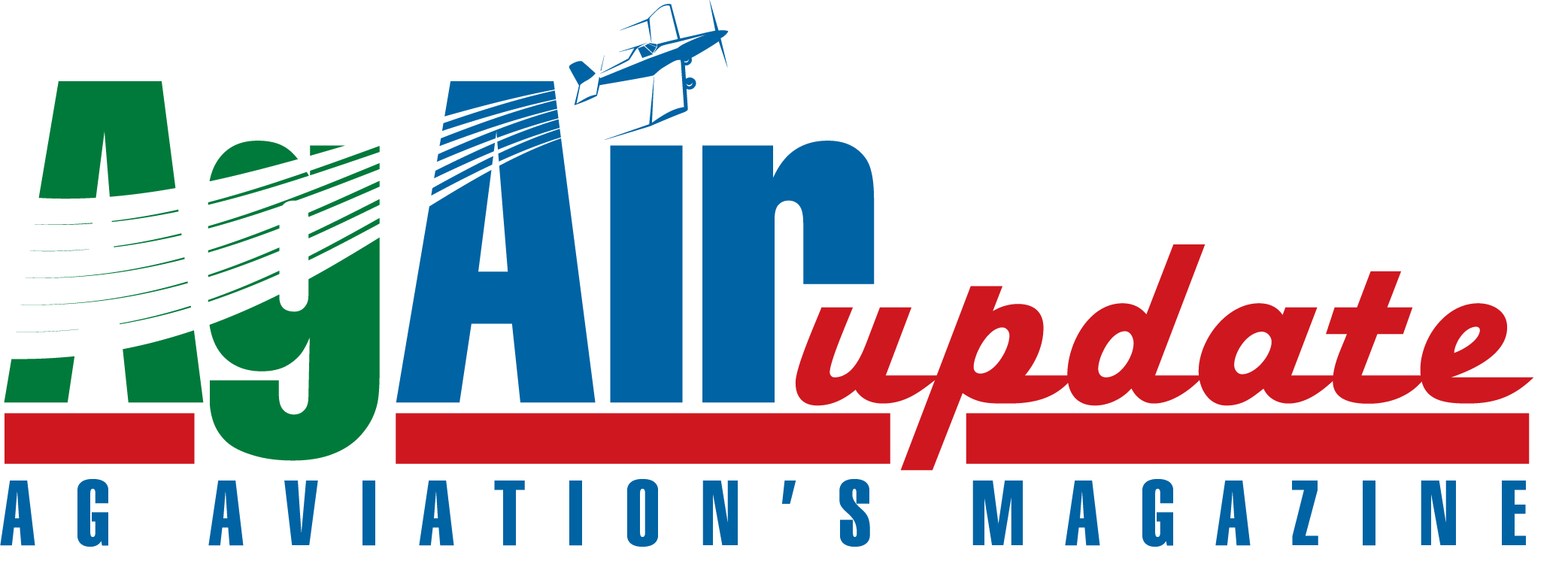Who owns the aerial application? The grower and a range of experts are often involved in deciding what pesticides to apply, but the aerial applicator is the one most responsible for the application results. The best way for the applicator to get good results is to use his experience, good judgment, and follow the directions on the pesticide label. Remember the directions on the label are the law.
KNOW YOUR PESTICIDES
Applicators should know how pesticides act. Mode-of-action is important for managing resistant pests, and it is important for targeting the spray. Does the pesticide need to get into or just on the plant? If the pesticide translocates (systemic), then uptake is more important than coverage. The right surfactant and a moist spray deposit will always enhance pesticide uptake. If the pesticide does not translocate or just acts on the surface of the plant, coverage is more important.
Small drops can help coverage. However, small droplets do not penetrate very well into the canopy, and small droplets are more likely to drift – the more drift, the less efficacy. A slightly bigger droplet will ensure deposition and improve penetration into the crop canopy.
CALIBRATION AND PATTERN
Enhancing deposition and mitigating drift are always important, but are especially important for aerial applications commonly applied at 10 times the speed with 5 times lower spray volumes. Aerial applications are as effective as any other application method when the applicator sets up the spray system correctly, uses proper application techniques, and applies with the right drift mitigation adjuvant.
Best practices always start with the right nozzle at the right orientation, with the correct pressure, good weather conditions, and proper application techniques. Always check the pattern to make sure the distribution is uniform and there is no visible off-target movement. Spray droplets on the windshield are a good indicator of drift. You want the spray to reach the target, not the windshield.
LABEL DIRECTIONS
Directions on pesticide labels generally fall into mandatory directions and recommendations. Mandatory directions use words such as “must” and “shall.” Recommendations that use words such as “should,” “may” and “recommend” are not mandatory, but will probably help. For example, a pesticide label may recommend but not require a drift mitigation adjuvant. In these cases, the applicator must use their expertise and experience to decide how to make a safe and effective application.
COMPLEX MIXTURES
The customer may request a large number of products applied at the same time, but that does not mean it is the right thing to do. The more products and the more concentrated the products are in the spray tank, the more likely there will be unwanted interactions that adversely affect application or pesticide performance. The job of the applicator is to be sure that the pesticides and any other product in the spray tank are mixed uniformly and applied correctly. Applying a complex mixture can save the cost of an application, but if the mixture creates fine droplets that cause drift or a non-uniform pattern, then two applications are better than one.
AERIAL APPLICATIONS ARE ESSENTIAL
Aerial applications have many important advantages; including being the best way to make late applications of fungicides that current research shows can give significant increases in yield. Do not jeopardize your reputation by adding anything to tank that may adversely affect the spray application or reduce product performance.
Fly SAFE!
For more information on adjuvants and aerial application, contact John Garr at 765-395-3441, mrfoam1@garrco.com or visit www.garrco.com.
*_photo_1_*





